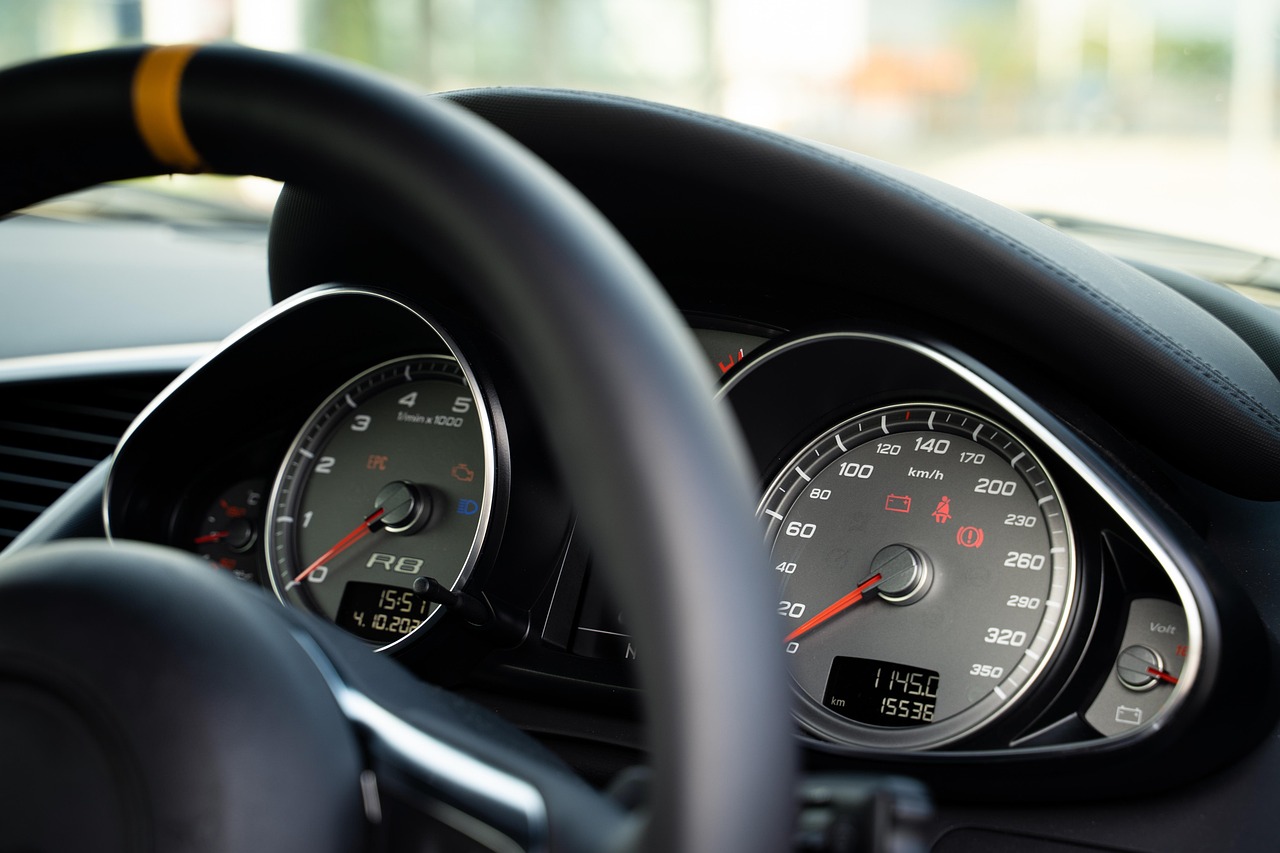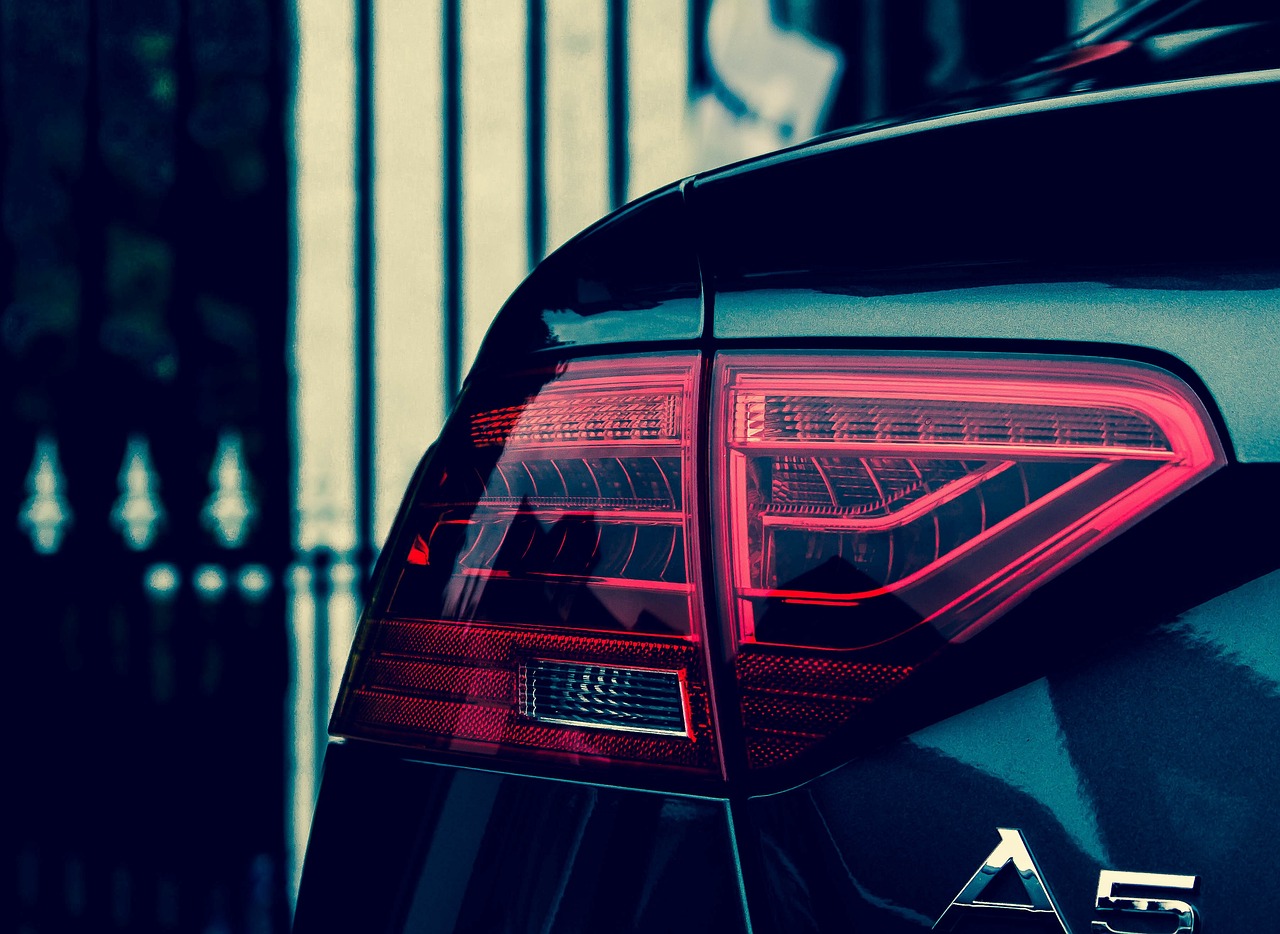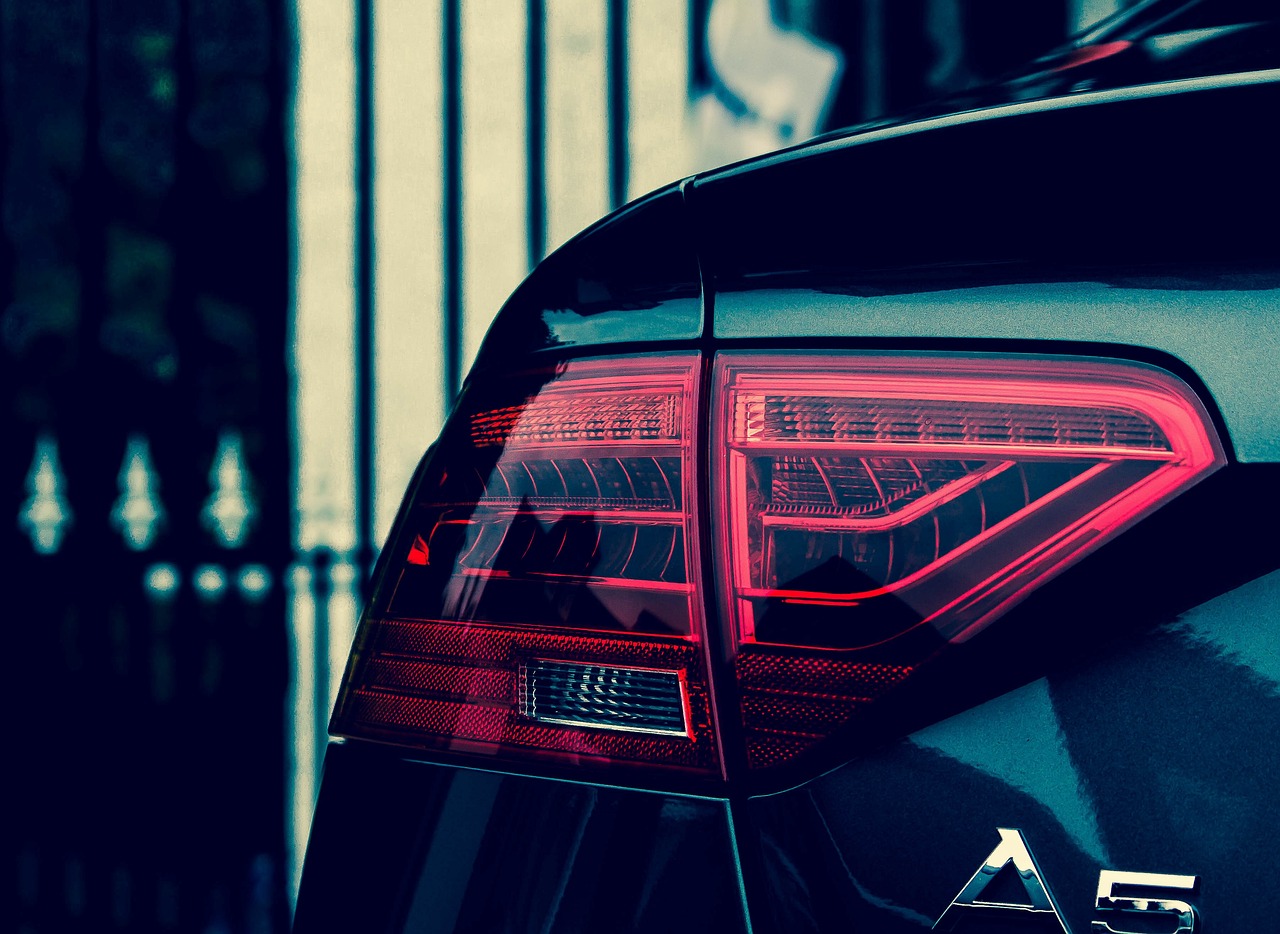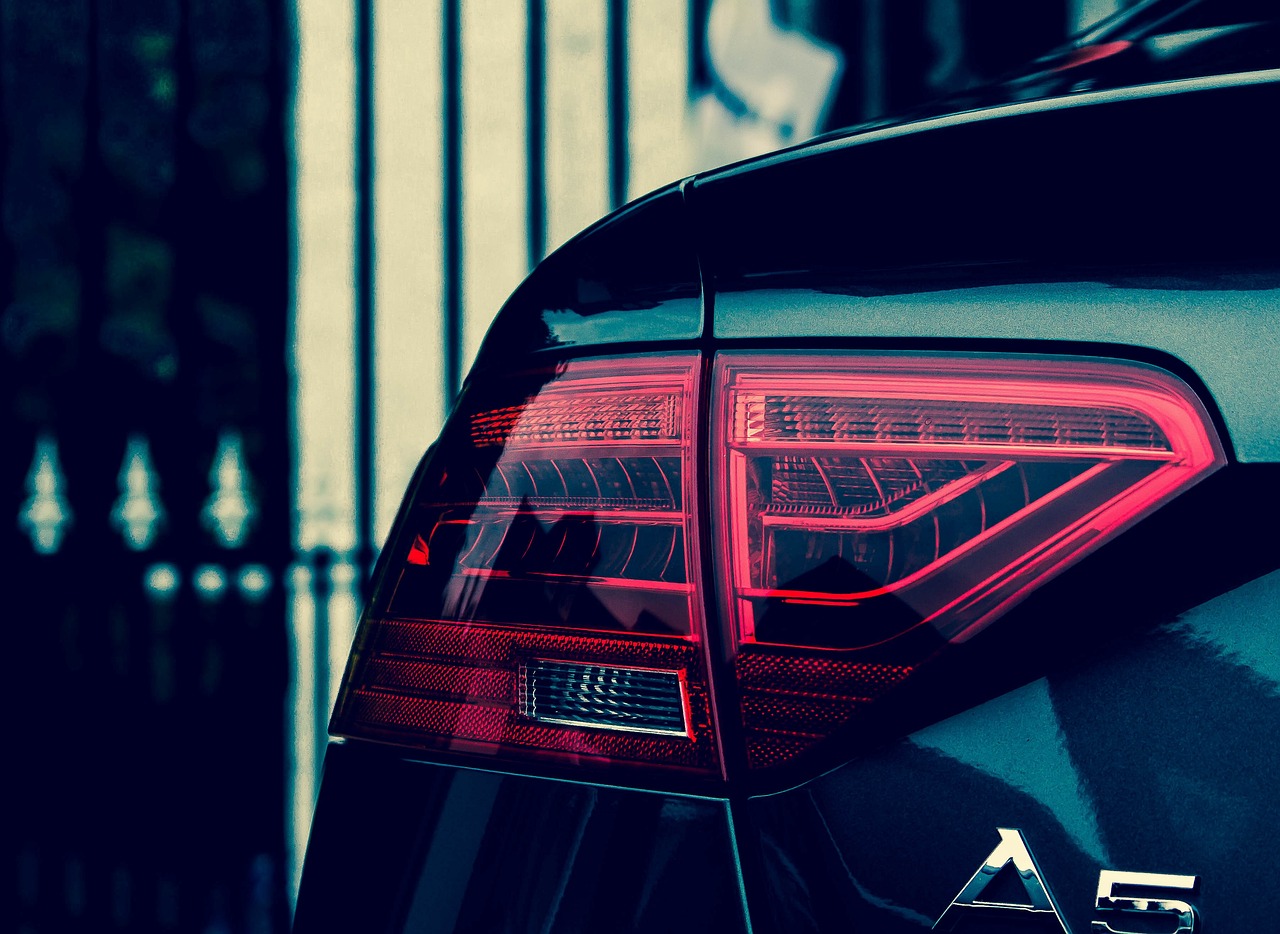A dash cam is one of the most valuable accessories you can install in your Audi A6 Saloon. Whether for capturing scenic drives, providing evidence in case of an accident, or even monitoring your parked car, a dash cam offers peace of mind. Installing one might seem daunting, but with the right approach, it’s a straightforward process. Let’s go step by step to get your dash cam up and running without messy cables or unnecessary headaches.
Choosing the Right Dash Cam
Before anything else, selecting the right dash cam for your Audi A6 matters. This luxury saloon has a refined interior, so the last thing you want is a bulky camera with dangling wires ruining the aesthetics. Look for a compact, discreet model with the right features. HD recording, wide-angle lens, night vision, and possibly Wi-Fi connectivity for seamless access to footage. Some premium models even offer parking mode, which records when motion or impact is detected while your car is parked.
If you’re considering a dual-camera setup (front and rear), make sure the rear camera integrates smoothly, especially when running the necessary wiring through the cabin. Some drivers also prefer models with built-in GPS to log speed and location, which can be useful for insurance claims.
What You’ll Need
Gathering your tools before starting makes the whole process easier. Here’s what you’ll need:
- Dash cam (and rear camera if installing a dual-channel system)
- MicroSD card (check compatibility and recommended storage size)
- Trim removal tool (for hiding wires neatly)
- Cable clips or adhesive cable mounts (to secure wires)
- 12V adapter, hardwiring kit, or OBD-II power adapter (depending on your preference)
- Fuse tap (if hardwiring the dash cam to your car’s fuse box)
If you’re not comfortable with wiring, a professional installation is always an option, but doing it yourself can save money and allow you to route the cables exactly how you want.
Step 1: Positioning the Dash Cam
Start by deciding where to mount the front camera. The ideal position is behind the rearview mirror and slightly to the passenger’s side to keep it within the legal field of vision without obstructing your view of the road. Most dash cams come with a 3M adhesive mount or suction cup—stick with adhesive, as it’s more secure and less likely to fall off in hot or cold weather.
- Clean the windshield area with alcohol wipes to ensure a strong bond.
- If using an adhesive mount, firmly press the dash cam into position and let it settle for a few minutes before adjusting.
- If installing a rear cam, position it at the top center of the rear windshield to capture a balanced view of the road behind.
Step 2: Routing the Power Cable
Unless you want a messy wire hanging across the dashboard, neatly tucking the cable is essential. The Audi A6 Saloon has a well-designed A-pillar trim, making it relatively easy to hide the wiring without disturbing airbags.
- Run the cable along the edge of the headliner and down the passenger-side A-pillar.
- Use the trim removal tool to gently tuck the wire under the trim, ensuring it doesn’t interfere with airbag deployment.
- Continue feeding the wire down to the dashboard and towards the glovebox or center console, depending on your power source.
If installing a rear camera, you’ll need to:
- Run a separate cable through the headliner towards the C-pillar.
- Carefully tuck it along the existing wiring harness towards the trunk.
- Secure it neatly before attaching the rear camera.
Step 3: Connecting to a Power Source
There are three main ways to power your dash cam:
1. 12V Cigarette Lighter Adapter
The quickest and easiest method. Simply plug the dash cam into the 12V socket (cigarette lighter port). However, the downside is that it only works when the ignition is on. If you want parking mode functionality, this may not be ideal.
2. Hardwiring to the Fuse Box
For a clean, wire-free setup, hardwiring is the way to go.
- Locate the fuse box (in most Audi A6 models, it’s behind the glovebox or under the dashboard).
- Use a circuit tester to find a fuse that’s powered only when the ignition is on (e.g., a fuse related to the radio or accessories).
- Insert a fuse tap, connect it to the dash cam’s hardwiring kit, and ground it to a metal bolt on the car’s chassis.
This method ensures the dash cam turns on and off with the ignition and enables parking mode if wired correctly.
3. OBD-II Power Adapter
Some dash cams support OBD-II power cables, which connect to the diagnostic port under the dashboard. This is simpler than hardwiring and allows power without directly modifying the car’s wiring.
Step 4: Testing and Adjustments
Once everything is set, turn on the car and check that the dash cam powers up correctly. Adjust the viewing angle to ensure it’s capturing the right amount of road ahead without excessive dashboard reflection.
- Check the clarity of footage. You want readable license plates and good night vision.
- If using a dual-camera setup, verify the rear footage is aligned properly.
- Test any smart features like Wi-Fi app connectivity or GPS tracking, if available.
If your dash cam has parking mode, trigger a test (such as a slight knock on the car) to see if the motion detection activates recording.
Keeping It Neat and Durable
Audi interiors are known for their clean and uncluttered design, so maintaining a sleek installation is key. Use cable clips or adhesive mounts to keep excess wiring in place, ensuring nothing dangles or looks out of place.
Should you need to remove the dash cam later, use dental floss to gently cut through the adhesive pad and rubbing alcohol to remove any residue from the glass.
Final Thoughts
Installing a dash cam in an Audi A6 Saloon doesn’t have to be a complicated job. With careful placement, hidden wiring, and a reliable power source, you’ll have a setup that blends seamlessly with your car’s refined interior. If you’re hesitant about the wiring process, a professional install is always an option, but tackling it yourself gives you the flexibility to set things up exactly how you like.
If you’ve recently installed a dash cam in your Audi, share your experience in the comments. Did you go for a hardwired setup or a simple plug-in solution?





